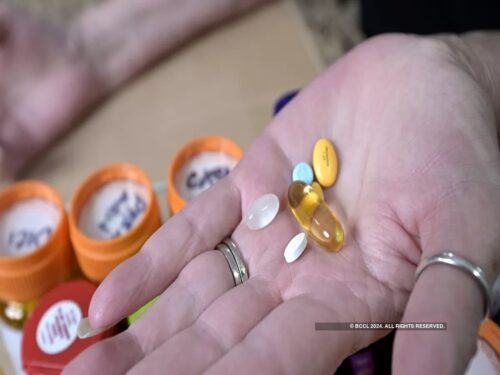India Tightens Antibiotic Residue Limits to Combat Superbugs in Food Supply
FSSAI Implements New Norms to Curb Antimicrobial Resistance in Meat, Milk, and Aquaculture Products Overview India’s Food Safety and Standards Authority (FSSAI) has introduced revised antibiotic residue limits for a range of food products, including meat, milk,

FSSAI Implements New Norms to Curb Antimicrobial Resistance in Meat, Milk, and Aquaculture Products
Overview
India’s Food Safety and Standards Authority (FSSAI) has introduced revised antibiotic residue limits for a range of food products, including meat, milk, poultry, eggs, and aquaculture items. These new regulations, effective from April 1, 2025, are part of a national effort to combat antimicrobial resistance (AMR) by reducing excessive antibiotic residues in food. The move comes amid global concerns about the rise of “superbugs,” bacteria resistant to conventional antibiotics due to the overuse of these drugs in agriculture and food production Tackling the AMR Crisis
AMR is a global public health issue that develops when bacteria, fungi, and other pathogens build resistance to antibiotics, rendering treatments ineffective. Overuse of antibiotics in food-producing animals is a significant contributor to AMR, as antibiotics are often administered not only for treating infections but also for enhancing growth and disease prevention. This practice, however, can lead to antibiotic residues remaining in food products, which, when consumed over time, can cause resistance in human pathogens
George Cheriyan, President of the Consumer Protection Association, stated that FSSAI’s new regulations, if strictly enforced, could ensure safer food products for consumers by setting tighter residue and contaminant limits, thereby tackling AMR more effectively Key Highlights of FSSAI’s New Regulations
1. Lowered Residue Limits
FSSAI’s regulations now include lower maximum residue levels (MRLs) for antibiotics across food categories like meat, milk, and seafood. These changes align India’s standards closer to those of the European Union and other countries with stringent food safety policies.
2. Expanded Watchlist of Antibiotics
The list of monitored antibiotics has been expanded to include additional drugs that are commonly used in veterinary practices. By broadening this watchlist, FSSAI aims to control the types of antibiotics permitted in animal-based food production, particularly in the aquaculture and poultry sectors.
3. Ban on Antibiotics in Honey Production
The revised regulations prohibit the use of antibiotics during honey production, addressing concerns about residues in honey sold for human consumption. This measure follows reports of antibiotics found in Indian honey, which raised safety concerns in domestic and export markets.
4. Chemical Limits in Grains and Coffee
FSSAI has also set new permissible levels for certain contaminants like ochratoxin A and deoxynivalenol, commonly found in grains like wheat, barley, and coffee beans. These regulations are part of FSSAI’s wider initiative to reduce toxic chemical residues across a broader range of food products
Industry Implications and Enforcement
The implementation of these regulations requires compliance from all levels of the food supply chain, from producers to processors and distributors. The FSSAI is expected to conduct random checks and enforce penalties for non-compliance. These inspections aim to prevent antibiotic residues beyond permissible limits from entering the consumer market.
While the regulations are beneficial for public health, they may present challenges for food producers, especially those in aquaculture, dairy, and poultry sectors. The industry may need to adopt alternative methods for disease management and growth promotion to avoid antibiotic reliance. Educating farmers on responsible antibiotic usage and enforcing withdrawal periods (time taken for the drug to exit an animal’s system) will be key to achieving compliance.
Challenges and the Road Ahead
Enforcing these regulations across India’s vast food production network will require coordinated efforts from regulatory bodies and active cooperation from the food industry. Although compliance may be challenging initially, the move is necessary for India’s growing commitment to tackle AMR, ensuring food safety for domestic consumers and bolstering the quality standards of Indian exports.






